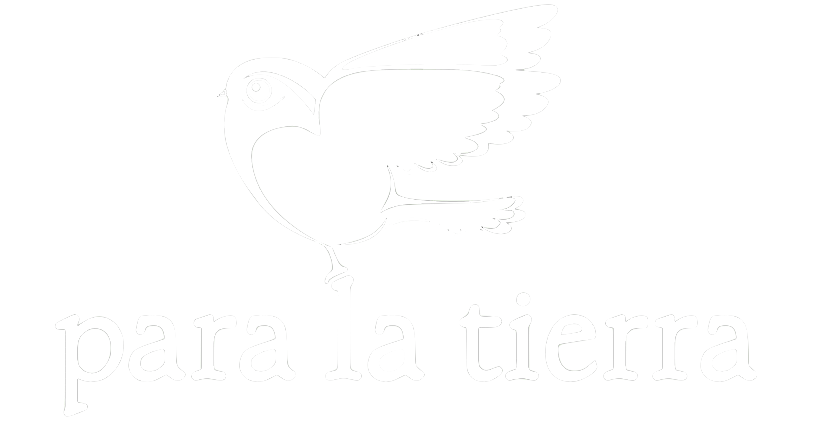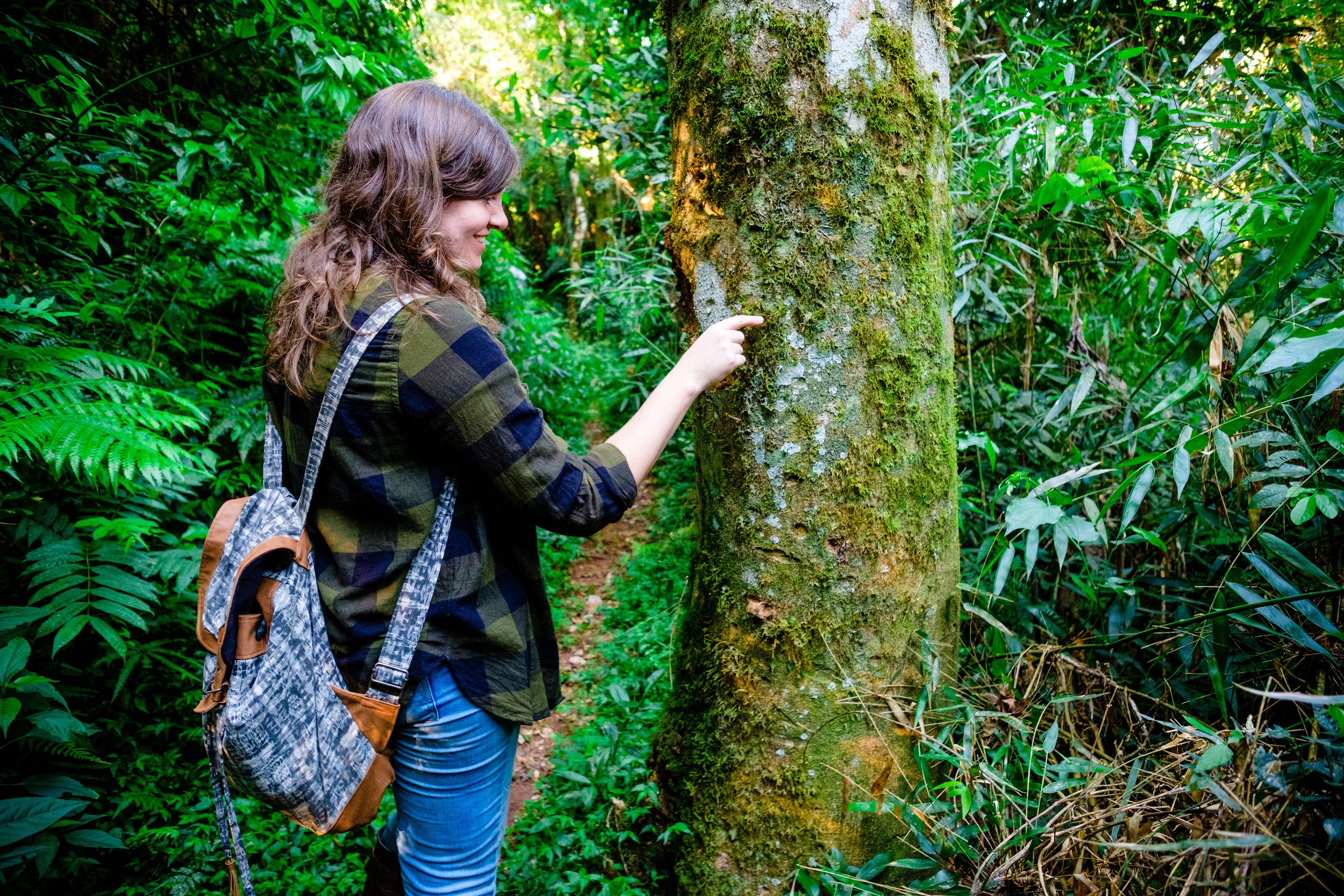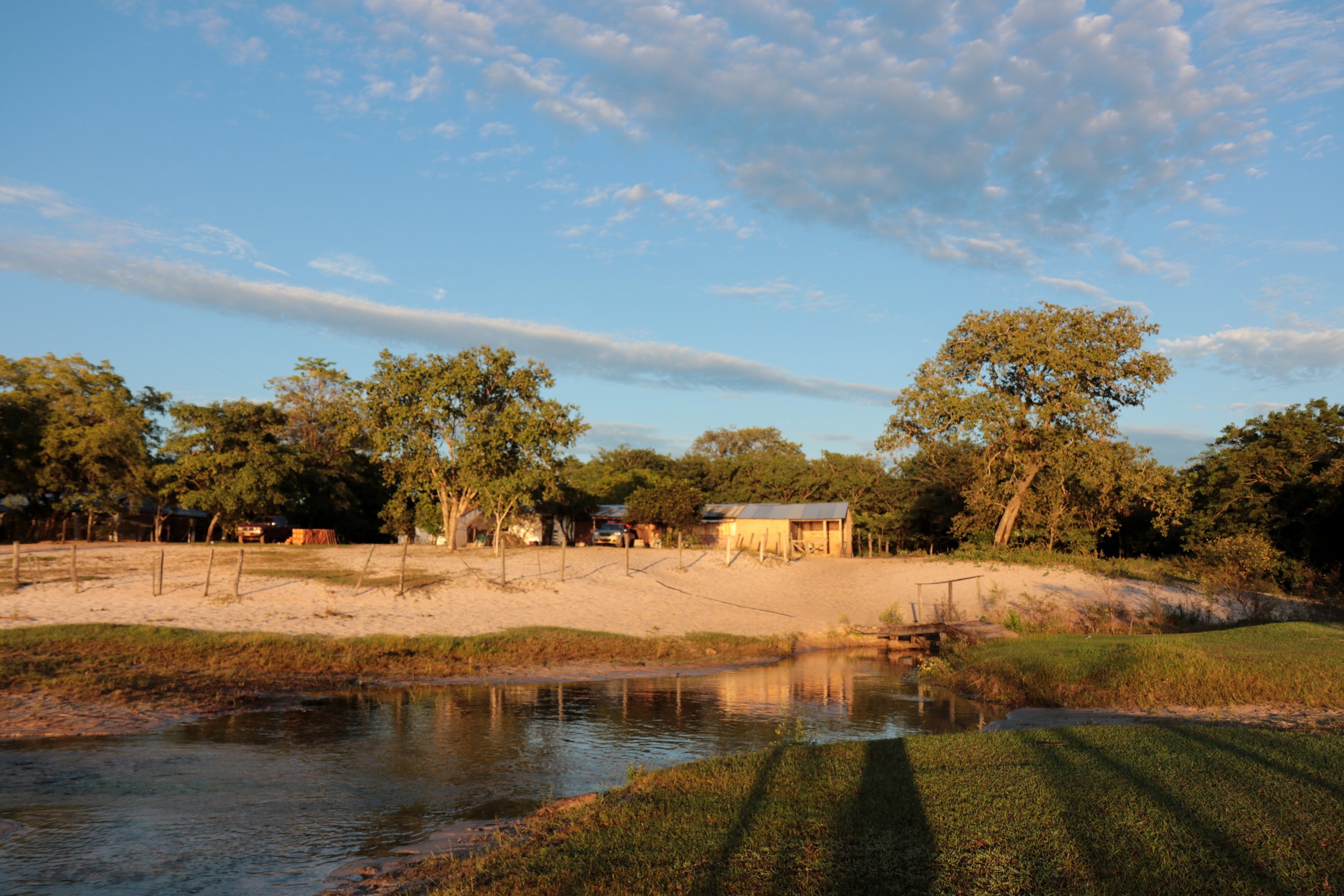Fundación Para La Tierra was founded in 2010 by Karina Atkinson and Jeni Oborn with the support of Paul Smith.
Since then, we’ve described two new species for science, published over 400 scientific papers, hosted over 400 interns, volunteers, and students from around the world, collected and prepared over 30,000 specimens, taught more than 3,000 Paraguayan children about their environment, planted over 13,000 trees, and won over 20 grants and awards.
Learn how it all began and how we got to where we are today!
Discover more about our work
Our annual report contains information on the impact and success of our research, education and community engagement programmes.
The idea
In 2008, Karina Atkinson and Jeni Oborn met as volunteers of the programme ‘Ecosara’, which was run by Paul Smith at San Rafael in the Atlantic Forest. During their time there, they experienced how little is known about biodiversity in Paraguay and how urgent the conservation issues are.
When the volunteer programme ended, they decided to start a long-term research programme to continue the good work.
Laguna Blanca
In April 2010, Karina and Jeni returned to Paraguay and founded Para La Tierra in Rancho Laguna Blanca, one of the last remaining Atlantic Forest patches located in the San Pedro department in eastern Paraguay. Soon after, Joseph Sarvary arrived as one of the first interns and returned as a staff member in 2012. In 2013, Rebecca Smith joined as PLT’s primatologist and started the hooded capuchin project.
In these first years, our staff and interns discovered more than 100 species that were previously unrecorded in Paraguay and several new species for science. We published more than 130 articles in peer-reviewed international journals, and created the most complete, and best maintained, reference collection in the country. We also trained four new forest guards to protect Laguna Blanca, and founded the environmental education programme Voces de La Naturaleza.
Don Julio Contreras
In 2014, Paul introduced Karina to Don Julio Contreras, an Argentinian biologist. Don Julio was and is famous throughout South America as he described nine new mammals for science, wrote more than 250 scientific works, and founded two conservation NGOs and several international journals.
He made the small Paraguayan town Pilar his home, where he founded the National University of Pilar and created first inventories of the Ñeembucú wetlands. After the tragic death of his son Andreas Contreras, who was supposed to take over his father’s legacy in Pilar, Don Julio Contreras started looking for an NGO who would care for his library and collection. He generously decided to donate his house and life’s work to Para La Tierra.
Move to Pilar
In 2017, a family feud forced us to leave Laguna Blanca. Luckily, Don Julio had just donated his property in Pilar to us and in May 2017 we moved into our new home in southern Paraguay.
Since then, we have shifted our focus to wetland and urban wildlife projects. The move to Pilar helped us expand our projects and reach. We’re glad to be able to contribute to Don Julio’s legacy and the conservation of this important ecosystem.
And the Atlantic Forest project?
Thanks to the support of the Hostettler family and Hostettler S.A., we can also carry on our work in the Atlantic Forest. Dr. Rebecca Smith spends 10 days a month in San Rafael, the largest remaining Atlantic Forest patch in Paraguay, where she continues her hooded capuchin research.
With a grant from the National Geographic Society, we were able to expand the project in 2018. Today, we are working with indigenous and rural communities, implementing environmental education in schools and an economically beneficial reforestation project with our Mbya Guaraní partners.








